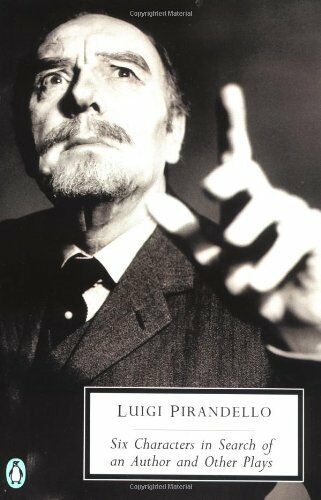What do you think?
Rate this book


224 pages, Paperback
First published January 1, 1921
"But can't you see that all the trouble lies here! In the words! All of us have a world full of things inside of us, each of us his own world of things! And how can we understand one another, sir, if in the words I speak I put the meaning and the value of things as I myself see them, while the one who listens inevitably takes them according to the meaning and the value which he has in himself of the world he has inside of himself. We think we understand each other; we never understand one another. " (19)This collection of Luigi Pirandello's plays includes the titular Six Characters in Search of an Author, Henry IV, and So It Is (If You Think So)—all of which deal with the nature of knowledge and the reality (of different forms) of existence and are, to sum it up, quite horrifyingly brilliant.